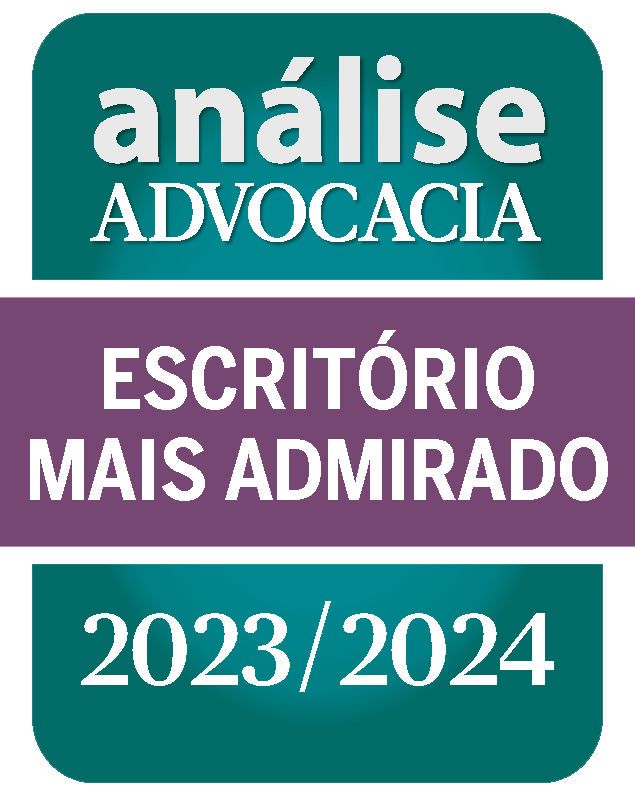On July 7, 2023, the Chamber of Deputies approved the Tax Reform provided for by the Proposed Constitutional Amendment (‘PEC’) No. 45/19, following for approval in the Federal Senate. The vote took place in two rounds, with 382 votes in favor of PEC 45/19 and 118 votes against. In the second round, there were 375 votes in favor against 113 unfavorable.
The reform provides for several changes to the current tax system. At this point, we will deal only with the main changes introduced by the Chamber of Deputies, which are still subject to discussions and amendments within the Federal Senate.
One of the most significant changes is the replacement of ICMS, ISS, PIS and COFINS by the Value Added Tax (Dual VAT). IVA would be dual, being divided between the Contribution on Goods and Services (‘CBS’), which would be collected federally, and the Tax on Goods and Services (IBS), whose competence for collection would be shared between States, Federal District and Municipalities.
IBS and CBS would have as taxable event internal transactions and imports with tangible or intangible goods, including rights or services. In addition to the taxable event, IBS and CBS will share the same calculation basis, the same hypotheses of incidence, taxable persons, specific or differentiated regimes andrules of non-cumulativeness and crediting.
One of the main objectives of adopting IVA is non-cumulativity. In addition to simplifying the national tax model, it is intended to avoid cumulative collection along the production chain and to prevent double taxation.
Still in relation to VAT, PEC 45/19 defines that the IBS and CBS rates should be defined by each federative entity, after setting the reference rates by the Senate, through a specific law. In theory, the rate would be the same for all transactions, goods and services, with a few exceptions (e.g. medicines, education services, agricultural inputs and artistic activities).
Another change brought by the Reform is the replacement of the Tax on Industrialized Products (‘IPI’) by the Selective Tax (‘IS’). The triggering event of the IS will be the production, commercialization or importation of goods and services harmful to health or the environment. The rate and the products on which the tax would be levied would be defined by means of a complementary law.
The Reform provides for a transition period of eight years, starting in 2026 and ending in 2033. According to original planning of PEC 45/19, the collection of IVA at a rate of 1% would begin, as well as the possibility of offsetting IVA with PIS/COFINS credits. In 2027, the full collection of CBS would begin and PIS and COFINS would be completely excluded from the tax system. In 2029, there would be the gradual start of the IBS, as well as the proportional reduction of the ICMS and ISS rates. Then, in 2033, ICMS, IPI and ISS would be extinguished and the new system implemented, with a total IVA rate forecast of 25% (twenty-five percent).
It is still early to have a complete picture of the effects of the reform for each of the productive sectors, especially because this depends on what will be decided in the Federal Senate, as well as the content of the Complementary Law that will regulate the new tax system. We are closely following the discussions to be able to anticipate and foresee the impacts of the reform for our clients.
Our tax team is available to provide clarifications and guidance on the subject addressed.
Co-authors: Enrico Sarti and Beatriz Rossi Proença


